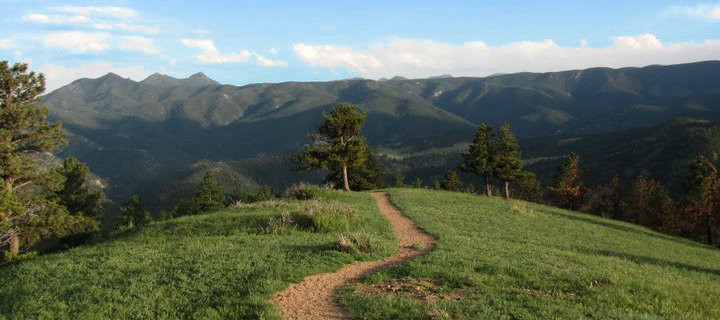
November 10, 2016
Dear Colleagues,
We woke on Wednesday morning to find our world under attack, in a very literal sense. The United States has just elected a man who has made promises to deport our friends and families, to destroy legislation that protects our health, and to eliminate safeguards on our environment. It is clear to all of us that we have a lot of work to do, and I have no doubt that we will each fight in whatever corner of the discipline in which we work. However, it is imperative at this time that we also stand together and consciously choose to understand and support each other’s work. I believe in the four fields of Anthropology, and I believe now is the time we need to return to a more holistic approach to our broad discipline.
I am writing you today to explain one small part of that discipline, and to ask you to join me in real actions that will help us to protect our archaeological and sacred sites in the United States. Due to our fifth amendment right regarding private property in the U.S. Constitution, we have few laws that offer protection of our archaeological, historic, and sacred sites on a federal level. What we do have is the National Historic Preservation Act (NHPA), which coincidentally turned 50 this year, which encourages federal agencies to consider the effect of their actions on our cultural resources. It is not regulatory, like the National Environmental Protection Act, but requires compliance through a process of exchange and comment between State Historic Preservation Offices (SHPOs), the Advisory Council on Historic Preservation (ACHP), federal agencies, and other stake holders. The compliance process is far from perfect, but is it uniquely American and has served us well for these last five decades. It is estimated that nearly 60% of archaeologists in the US work either in government or the cultural resources management industry which aids in the identification of resources as well as other activities related to the NHPA that cash-strapped federal agencies cannot perform.
My first call to action is a request to contact your Senators and demand that they reauthorize the Historic Preservation Fund (HPF). SHPOs are largely funded through the HPF, which requires congressional authorization. There are 12 legislative days between November 14th and December 9th to pass 11 appropriation bills to avoid a continuing spending resolution. There are three potential paths for a reauthorization of the HPF: as part of an energy bill; as part of the National Park Service Centennial Bill; or as a standalone bill, H.S. 2817. It doesn’t matter how the HPF passes, it just matters that we ensure funding for NHPA related activities for the next 7-10 years. This is something we can do today to help ensure that the mechanisms that exist to protect our cultural resources remain in place.
My second call to action is to request that we stand together to protect our public lands and our spaces that are home to our environmental and cultural well-being. Despite the obvious intersections, too often our conversations around environmental justice, archaeological sites, sacred spaces, or historic buildings are narrowly focused. We don’t always have a shared perception of what should take priority, but we must make a conscious effort to not cannibalize each other because at the end of the day we all want the same outcome—we want a country that provides access to clean and safe spaces, where our histories and our identities, as disparate as they may be, are valued. Those values coalesce in the physical existence of our public lands. That is our starting point, a tangible place where we can both celebrate and encourage pluralism, while uniting around a shared cause. There is a system of laws that we can draw on, a body of professionals who already interact with these places, and a cohort of the public who can be called upon to defend their existence. This is an area where just informing our students and educating our friends and family can go a long way in achieving a variety of goals. This is an area where we can have substantive conversation across disciplines and find shared meaning. And yes, I know that this is not our only issue in the new America we face come January, but this is where I know how to fight, and where I know we can make a difference. Let’s start here together.
Holly Kathryn Norton, Ph.D.
Colorado State Archaeologist and Deputy State Historic Preservation Officer
History Colorado
